Photographer Brendan Barry has published a new video instructing viewers on how to make their own caffenol developer and salt-based fixer using common household items and ingredients. The process is very simple with the most expensive item being the photo paper. The new tutorial follows a video Barry published last week showing how to turn an entire bedroom into a massive camera obscura.
The new video is around 15 minutes long and it guides viewers through the entire process, starting from the ingredients and items needed all the way through the development of a photo captured using Barry’s giant room camera. The recipe is the result of experimentation, according to Barry, who points out that these ingredients may be easier to acquire at the moment compared to more traditional products.
The developer requires washing soda, granulated coffee and vitamin C powder — Barry notes that vitamin C with zinc didn’t appear to have a negative impact compared to vitamin C alone. Ordinary inexpensive table salt is used for the fixer. Mixing the two products requires only a mortar and pestle for grinding the vitamin C tablets, a small container and a measuring cup for mixing the developer and a separate container for mixing the salt fixer. A digital scale is used to weigh some of the ingredients.
 |
 |
 |
 |
Once the developer and fixer are mixed and poured in the trays, the exposed photographic paper is put in the developer for ‘about three minutes,’ according to Barry, who explains that it needs to be left in a bit longer than would be typical with a normal developer. The coffee stain on the paper produces a slight sepia tone in the resulting image, he notes, also explaining that the vitamin C is what produces the contrast in the photo. Leaving out the vitamin C will reduce the contrast.
 |
After the developed paper is rinsed in the tray that contains plain water, it is transferred to the tray with fix, which highlights the one big disadvantage to this process. Barry explains that the photo paper must be left in the fix for ‘quite a long time,’ which equates to around 12 to 24 hours, though the lights can be turned back on after an hour.
 |
Barry demonstrates how to quickly create a positive print from the resulting negative, though he notes that more detailed information on this process is provided in the camera obscura tutorial video from last week.
‘This is obviously just a basic, simple introduction to caffenol and making your own developer and fixer,’ Barry explains. ‘I like to make things as accessible as possible and encourage other people to have a go at these things. Sometimes they can seem a bit intimidating and complicated […] but it’s really, really simple.’
Articles: Digital Photography Review (dpreview.com)
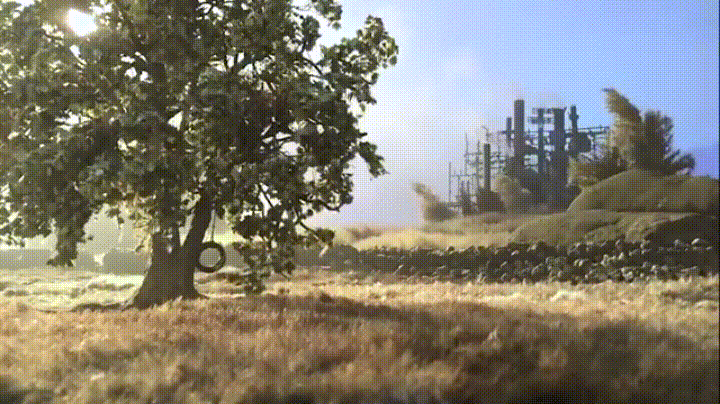
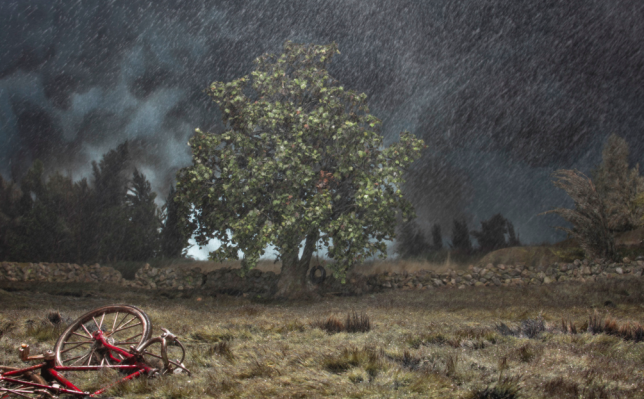
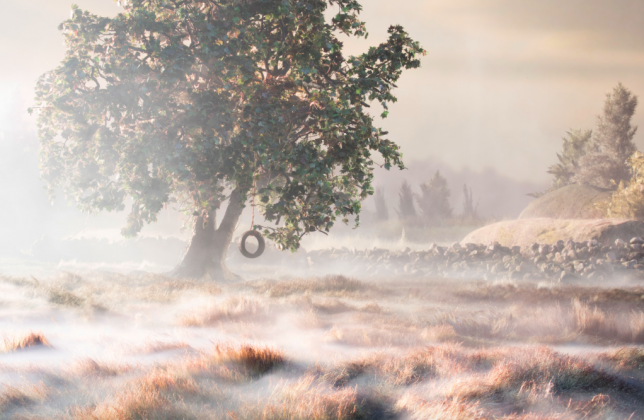
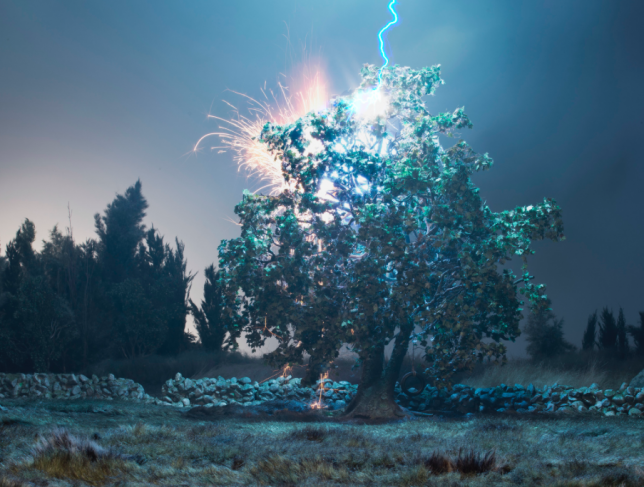
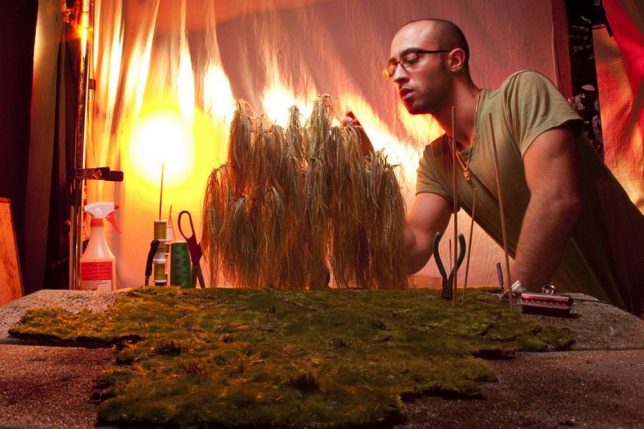
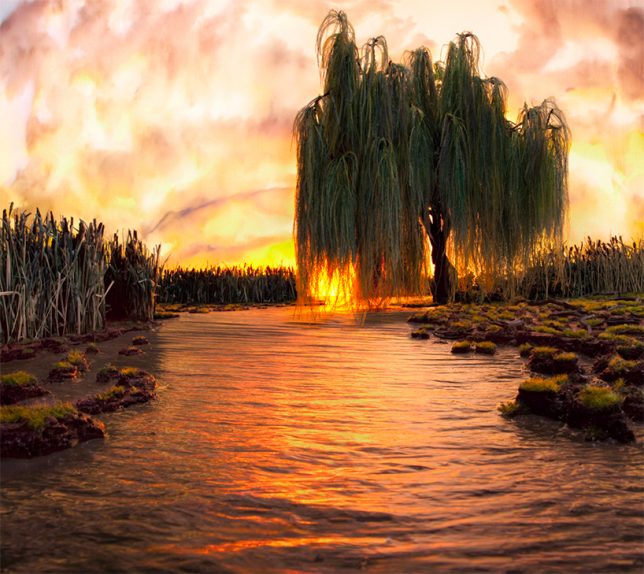
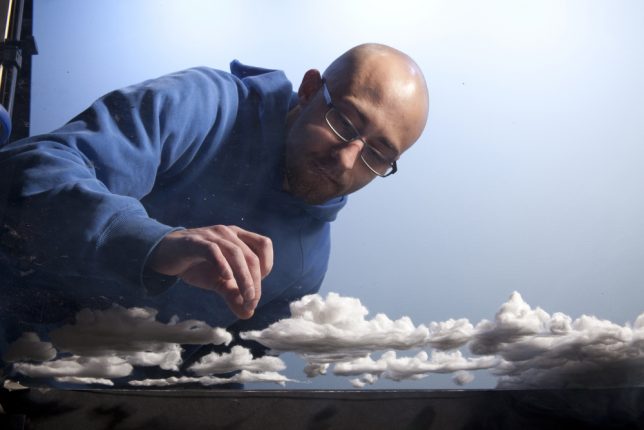
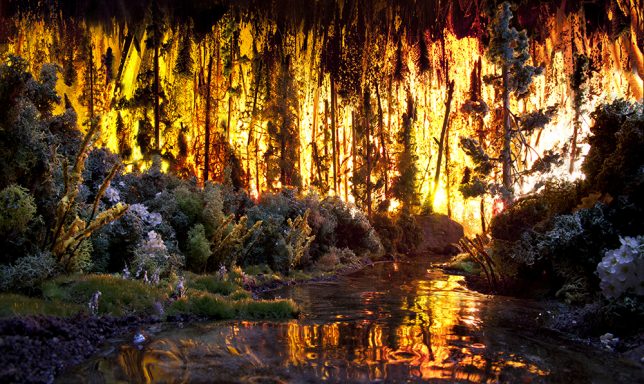























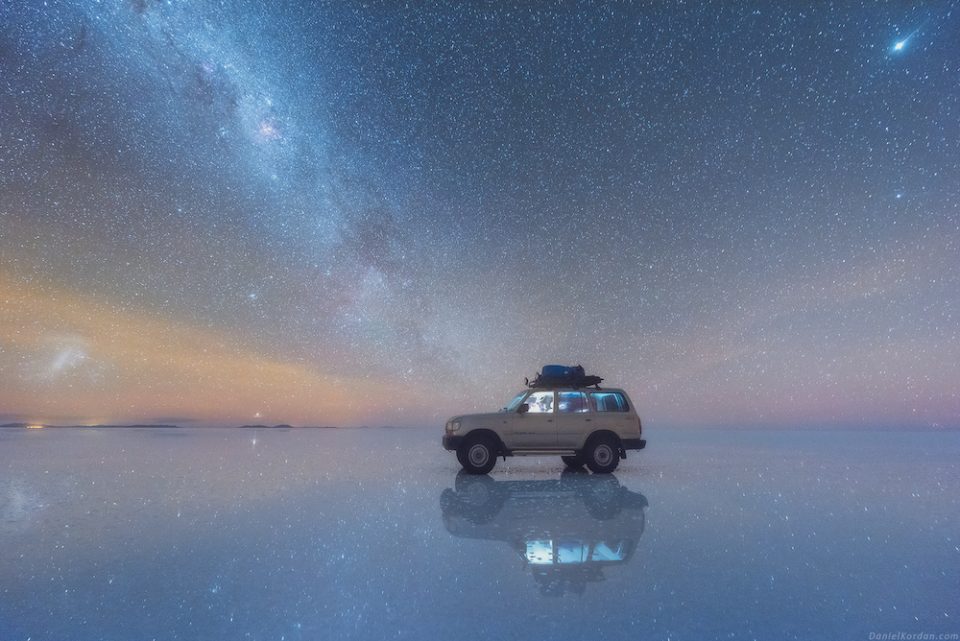
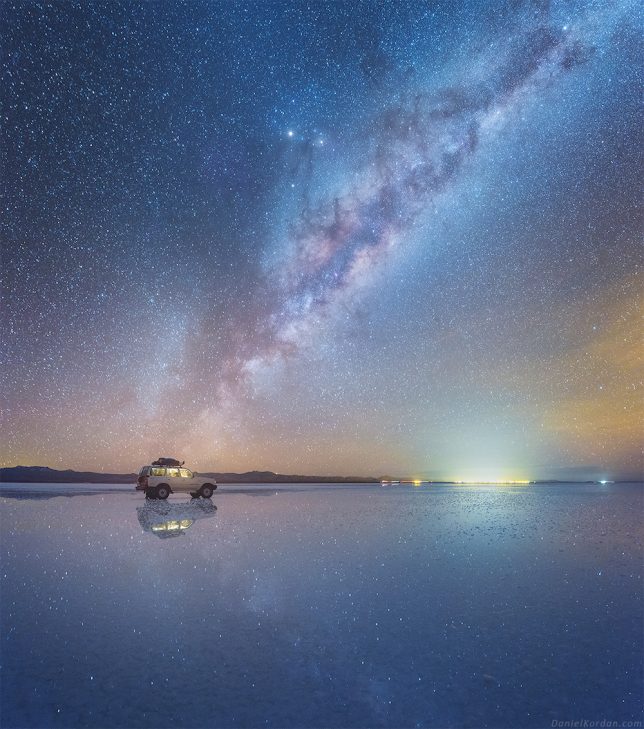



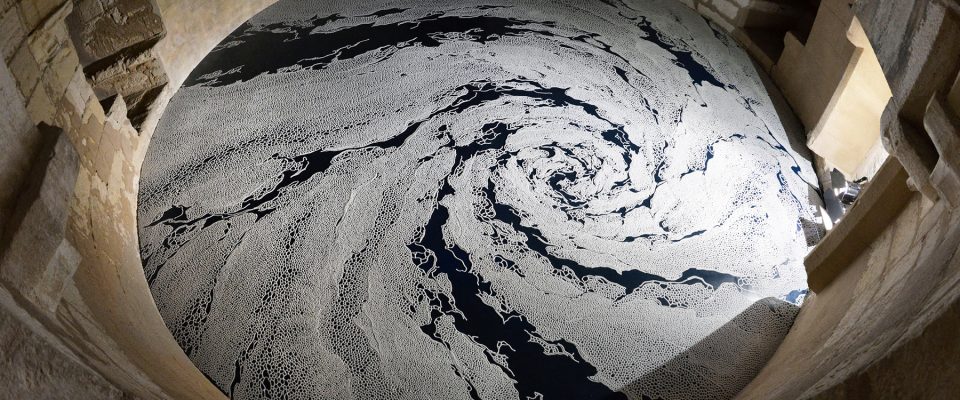
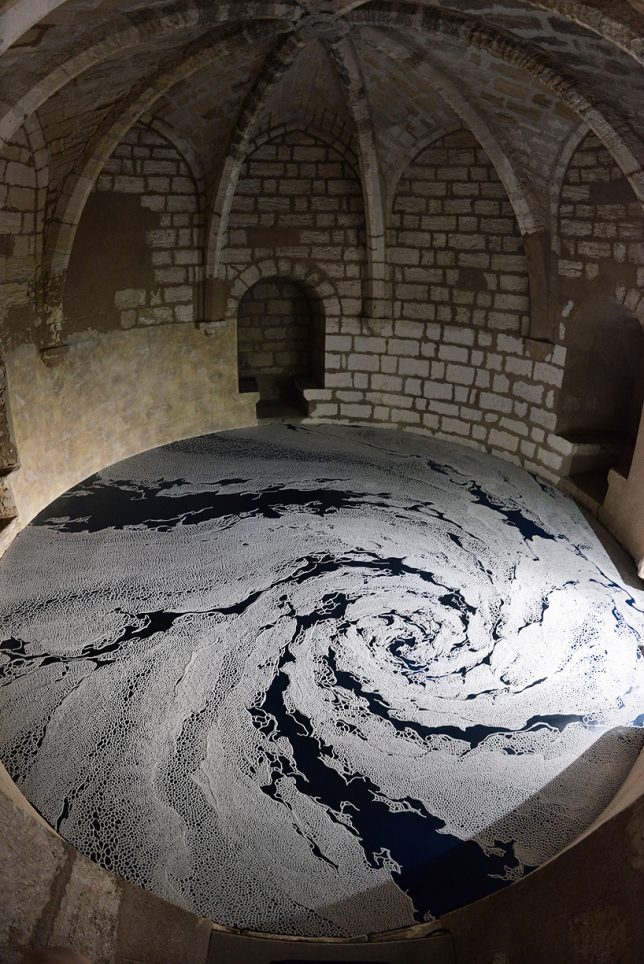
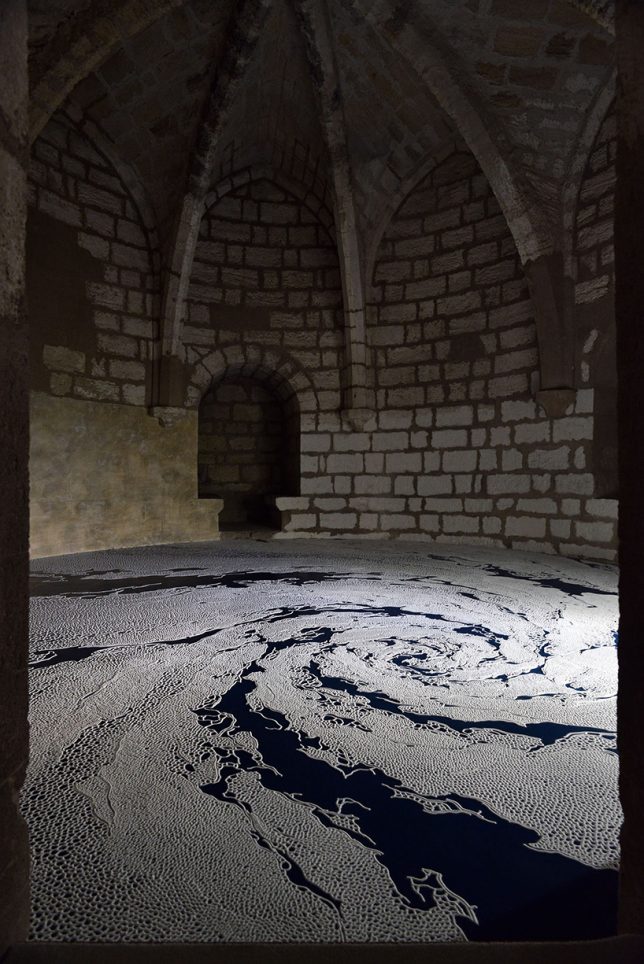
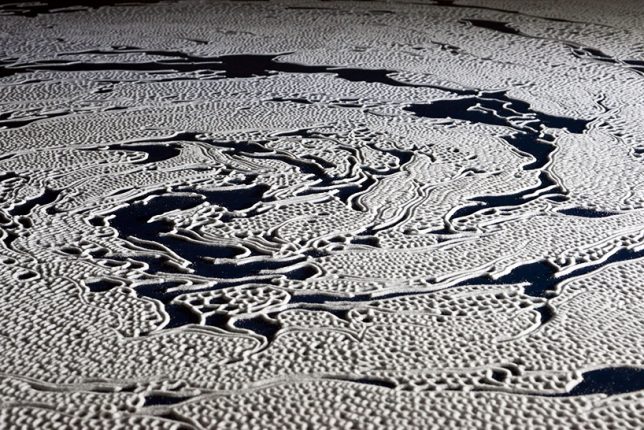
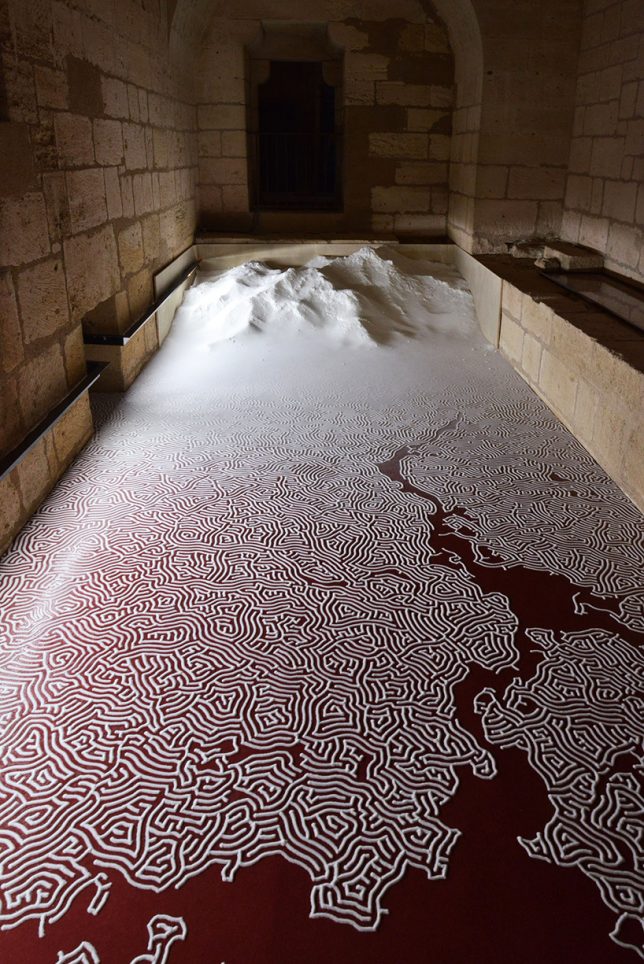
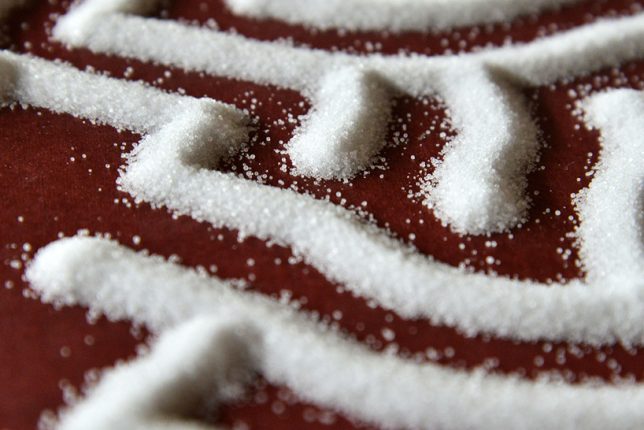
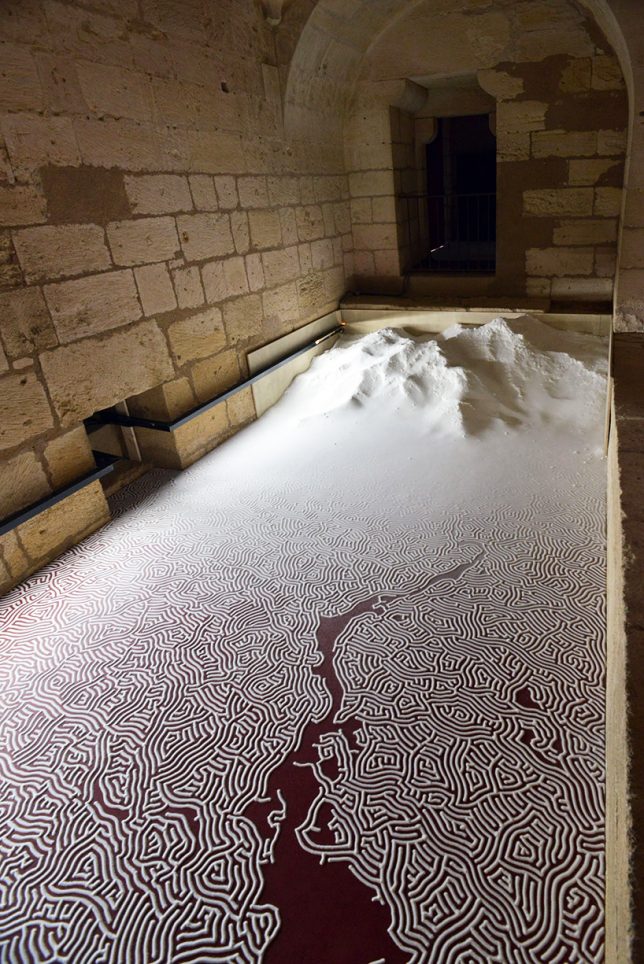
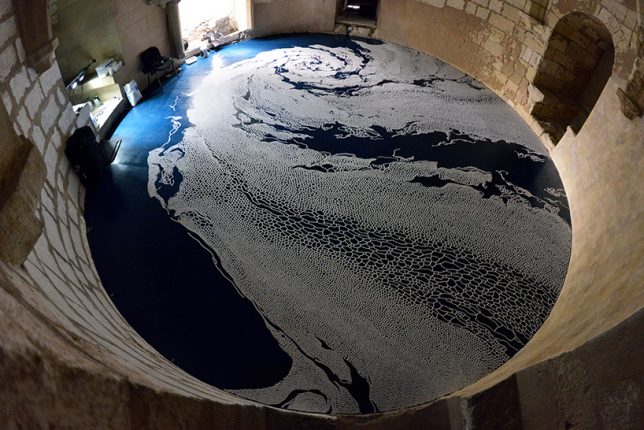
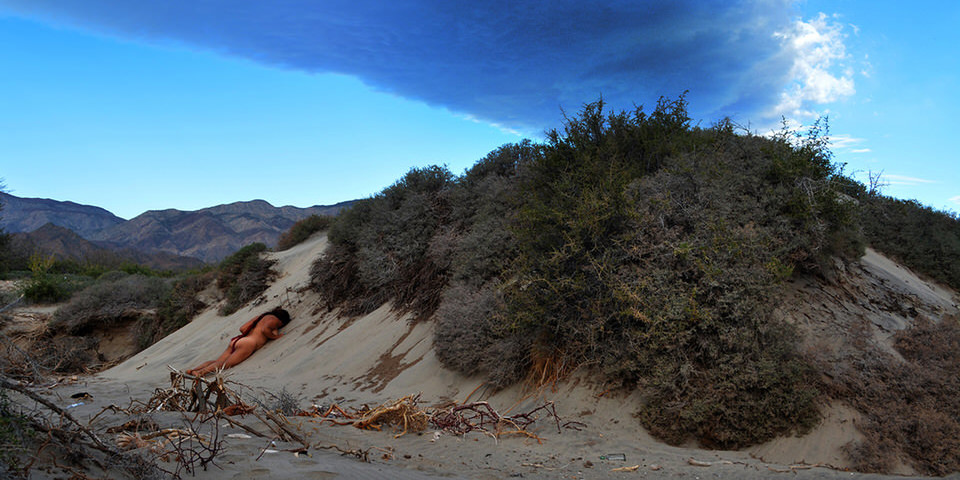
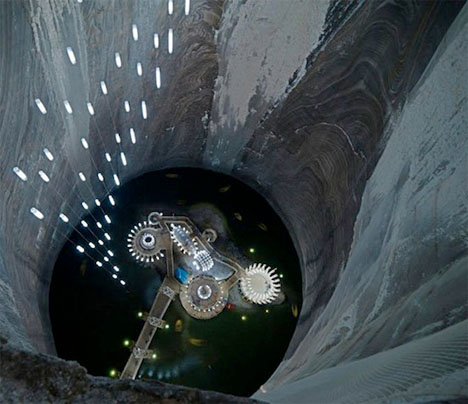
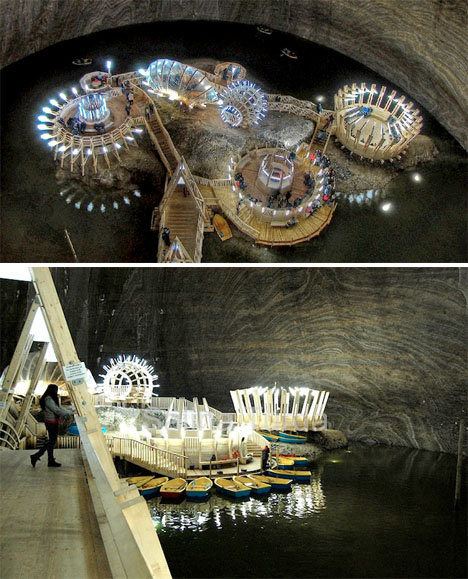
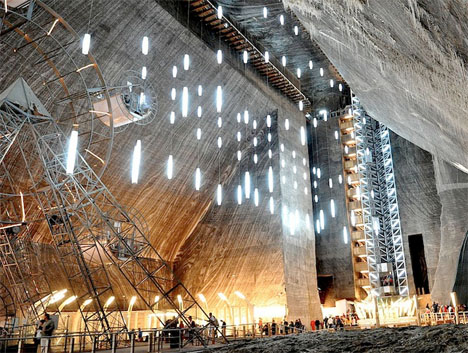
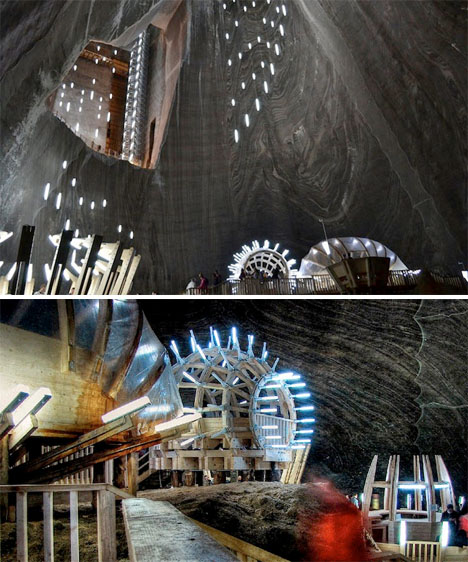
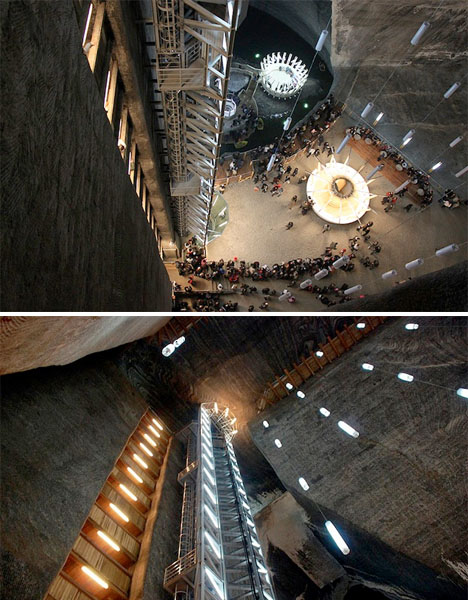
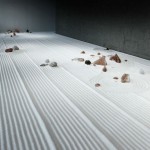
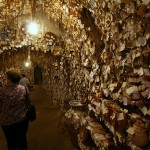
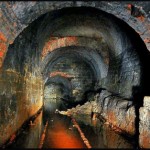







You must be logged in to post a comment.